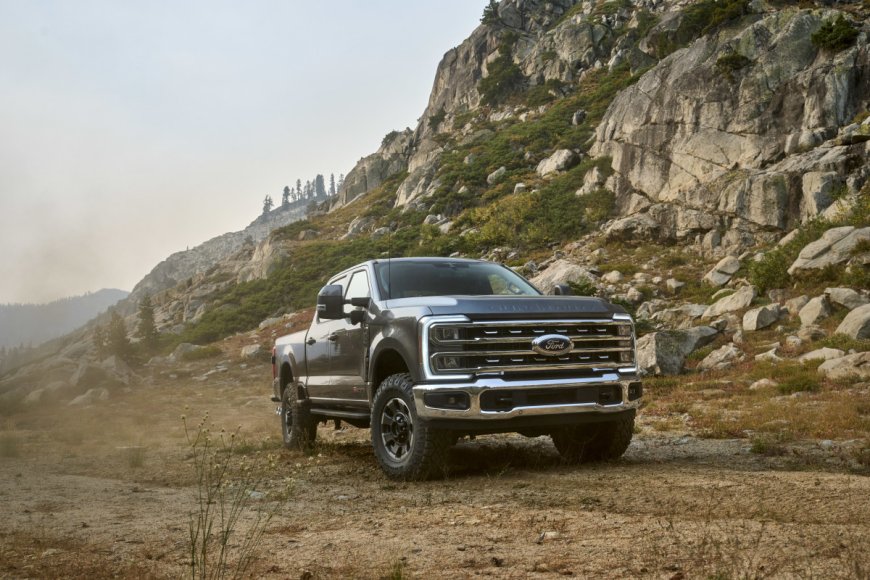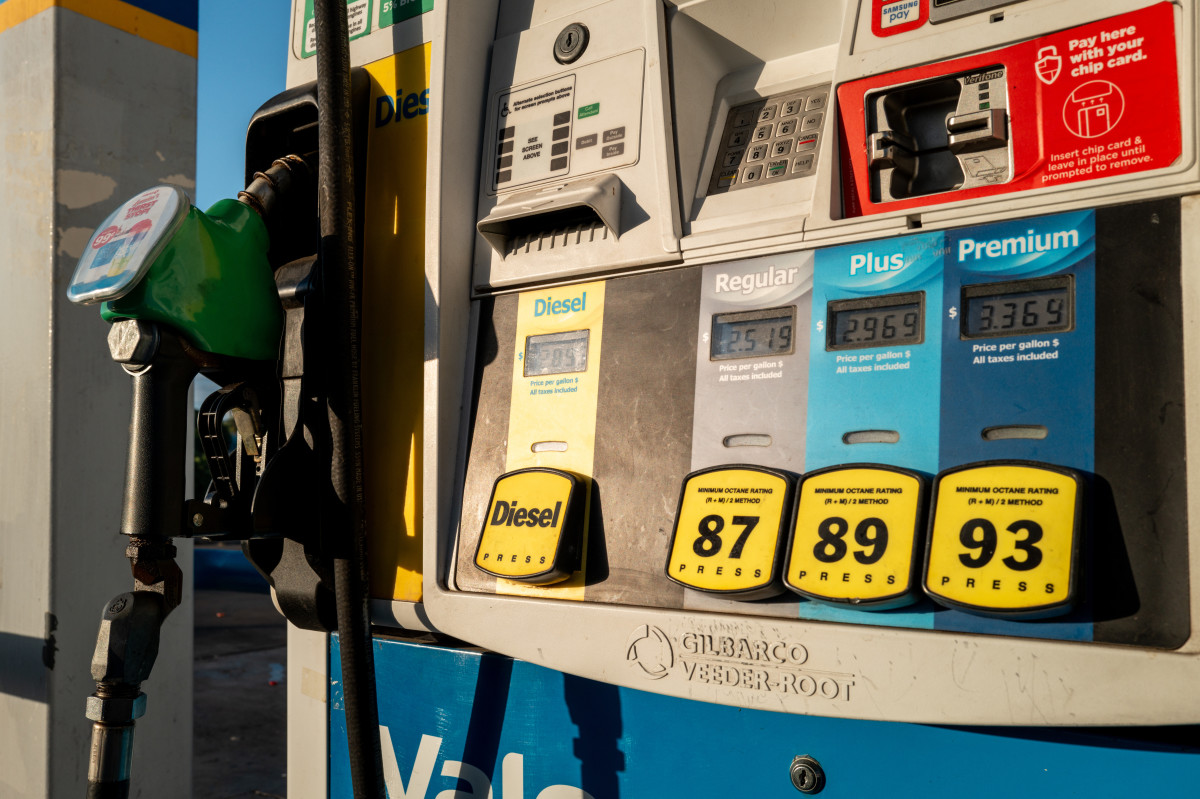Gas prices are plummeting: See how your state compares
Drivers are enjoying a major drop in gas prices, with averages dipping below $3 in some states. But how long will it last?

After months of pain at the pump, drivers are finally getting some relief. Gas prices have dropped 14% since their peak in April, equating to a nationwide average of $3.10 per gallon, according to the U.S. Energy Information Administration. In over half of all states, including Texas, Colorado, and Tennessee, gas is now below $3 per gallon, according to AAA.
Experts suggest the decline may not be over yet. Seasonal trends, coupled with lower crude oil prices, hint that the national average could soon fall below $3.
Gas prices tend to decline in the fall as people travel less, Andrew Gross, a spokesperson at AAA told ABC News. However, a drop in the price of crude oil has helped gas prices decline even more than usual for the season, experts say.
Related: Tesla halts Cybertruck rollout, workers sidelined
Why are gas prices falling?
The seasonal shift from summer to autumn is a key driver of the recent price plunge. As the busy summer travel season wraps up, gasoline demand softens, and refineries switch to a less expensive winter blend of fuel.
The Environmental Protection Agency eases regulations on fuel during the cooler months, enabling refineries to produce a cheaper mix. Combined with lower travel demand, this has created a perfect storm for falling prices. At the same time, crude oil—the raw material refineries use to make gasoline—has seen a steep decline in price.
View the original article to see embedded media.
“There’s pretty good supply and not much demand,” said Timothy Fitzgerald, a professor of business economics at the University of Tennessee.
A global economic slowdown and increased oil production have created a surplus, which has pushed prices down further. Adjusted for inflation, the national average gas price is the lowest it has been since February 2021.
Related: Cheap cars could be getting very expensive
How does your state’s price compare?
Of course, you don’t buy gas at the national average, you buy it at your local station’s rate. From state to state, the price of gas can still vary wildly, with prices ranging anywhere from $2.52 to $4.56 a gallon.
View the original article to see embedded media.
The vast majority of states have gas prices below the national average, with just a handful of outliers driving the average up, including Hawaii, California, Washington, Oregon, and Nevada. On the flip side, states including Oklahoma, Texas, Mississippi, Arkansas, and Kansas boast gas prices far below the national average.
What comes next for drivers?
Experts anticipate further declines in gas prices through the fall as demand continues to taper and the cheaper winter blend dominates the market. “Nearly every state east of the Rockies now has some retail outlets selling gas below $3 a gallon,” Gross said. The national average is expected to follow suit.
However, potential disruptions could derail the downward trend. Economic growth spurred by anticipated interest rate cuts might increase demand for fuel.
“There are some wild cards that we’re watching,” said Patrick de Haan, head of petroleum analysis at GasBuddy. “Outside those factors, there’s not much that could cause a big jump in the price of gasoline.”
Related: Tesla pushes a half-complete FSD update to avoid missing another deadline
Final thoughts
By early next year, seasonal trends are expected to shift again, likely driving prices back up. The return of summer travel demand and a switch to more expensive fuel blends could mean higher costs at the pump, but oil-friendly policies from the incoming Trump administration may help keep prices low.
Despite domestic oil production already at record levels, Trump has said that he wants to increase drilling in the U.S. Still, petroleum companies may be resistant to creating too much supply, which could drive down prices and hurt profitability.
For now, drivers can revel in the rare luxury of falling gas prices. But as history has shown, relief at the pump often doesn’t last long.
Related: Mercedes-Benz solar paint could revolutionize EV charging











































